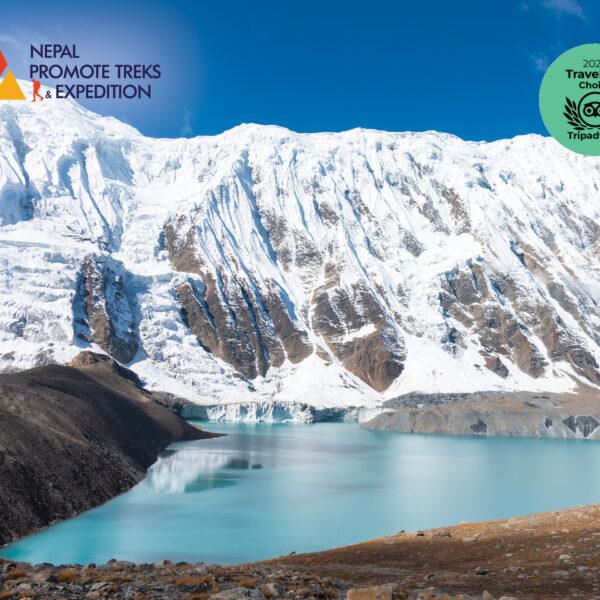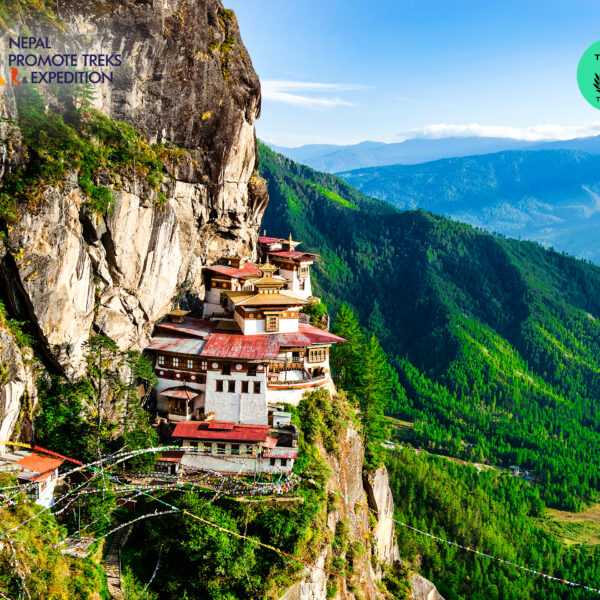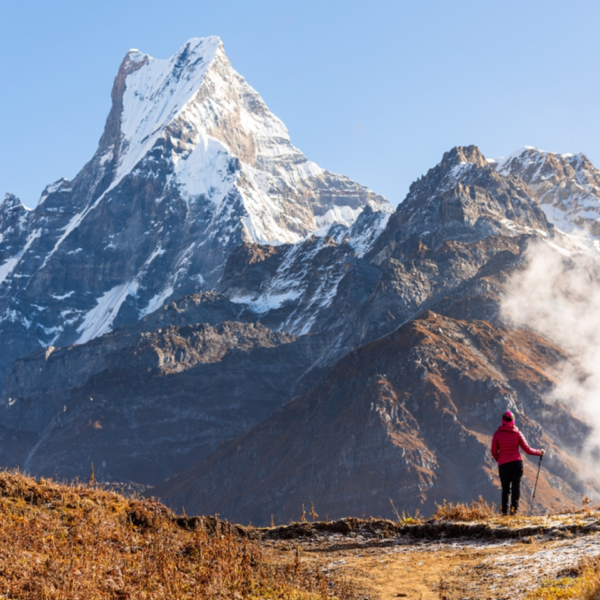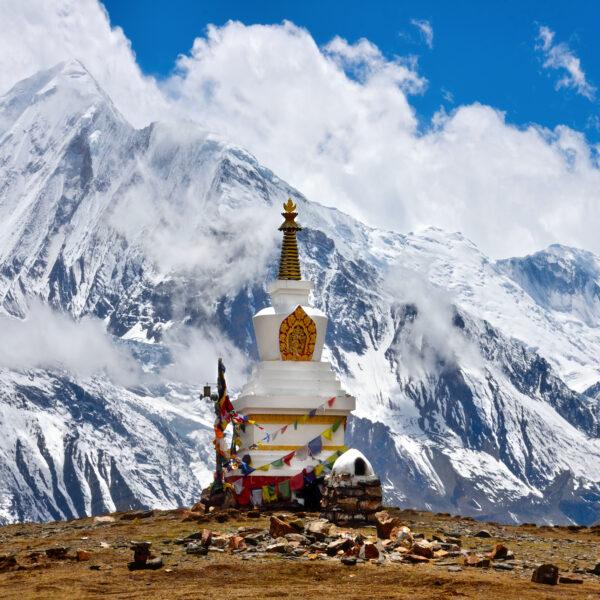Annapurna 7 Passes Trek
Overview
Annapurna 7 Passes Trek – Trekking in Nepal
The Annapurna 7 passes trek is a fairly challenging trail. It takes trekkers through some of the most remote and breathtaking landscapes in the Annapurna region of Nepal. Annapurna region is known as the Goddess of Harvests. It includes the first and largest conservation area in Nepal. Annapurna Seven Passes Trek has recently come up as an astonishing alternative for trekkers, who want to trek longer in the peaceful wilderness of the mountains. This is a great opportunity to take on a new route while it’s still raw and untrammeled, with a mixture of camping, homestays, and tea houses along the way. The best time to do this trek is from late September to early December, or from March to May.
The seven passes include Mohore Pass (3,200m/10,500ft), Swarga pass (3,650m/12,000ft), Larjung pass (3,610m/11,850ft), Chekigo pass (3,730m/12,200 ft), Chogo Largo pass(4,220m / 13,850 ft )and ANNAPURNA SANASA pass (4270 m)and yak la pass(4350 m). All these passes provide you with amazing views of several 8000-meter peaks such as Dhaulagiri (8167 m), Machhapuchhre (6993 m), Annapurna I(8091 m), Nilgiri(7061 m), etc. You will get to see some of the world’s rarest animals like snow leopards, Himalayan blue sheep, etc, and Sherpa culture.
This region is also rich in flora with over 3 thousand varieties of flowering plants. You might also come across hot springs which have medicinal properties believed to relieve various aches and pains. So if you are looking for an adventure of a lifetime then head out to Nepal for the Annapurna 7 passes trek. Also, don’t miss out the other top trekking destination in Nepal.
Note: The itinerary given below does not include days of arrival to and departure from Kathmandu. Trekkers need to carry their food and camping supplies for a minimum of 4 days.
Permits: ACAP and Special Permits for Naar and Phu food and camping supplies for a minimum of 4 days.
Best time of the year: Late Spring (Late April/ May) – Autumn (October)
Included/Exclude
- Pick and Drop Services
- English speaking guide
- Entrance/ Monuments fees
- Government & Local Fees
- Additional Services
- Insurance
- International and Domestic airfare
- Nepal entry multiple visa fees
- Travel Insurance






5
This is really good
5
Hello there! Would you mind if I share your blog with my zynga group?
There’s a lot of folks that I think would really enjoy your content.
Please let me know. Thank you
5
whoah this weblog is excellent i love reading your
posts. Keep up the great work! You already know, many people are looking around for this
information, you can help them greatly.